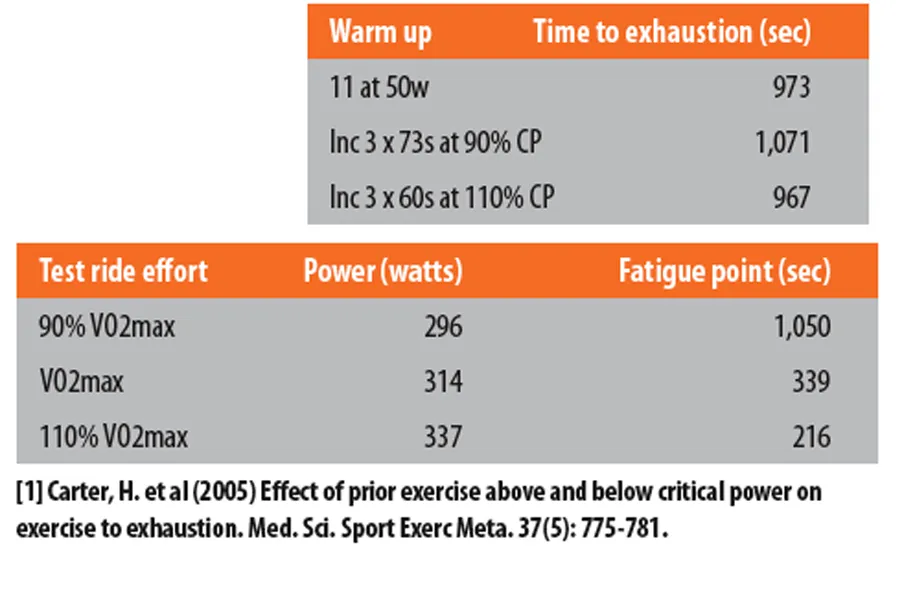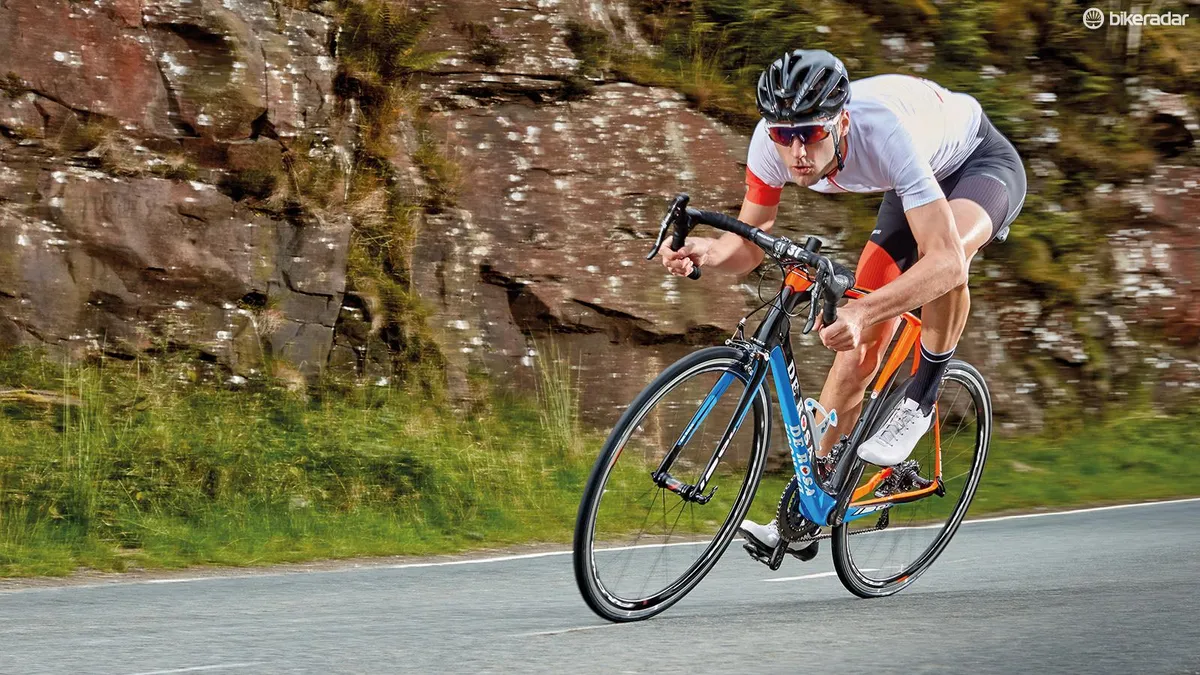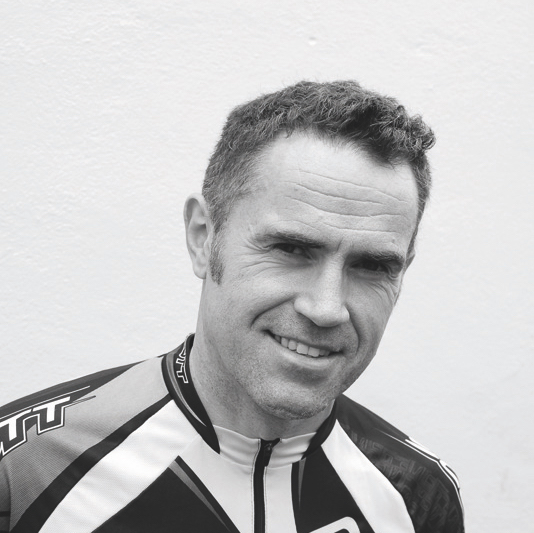Train at high intensity or race to your absolute peak of ability and it’s going to be seriously hard work. You may not be a Chris Froome or a Julien Absalon, who will be experts at discomfort management, but you can still learn some tricks of the trade in order to get the best warm-up to help you cope with your top-end tribulations.
- Quick exercises to build your strength for cycling
- 10 steps to becoming a fitter, faster, better cyclist
If you get your warm-up wrong — and remember, it’s the last event in a host of sessions, miles and actions — you can put a spanner in the works when it was all going to plan.
Ever watched footage of the pro road riders warming up prior to a prologue or time trial? Okay, their wattages for warming up are probably above most people’s max efforts, but that smoothness, lack of grimace and focus on the job gives us some clues as to how the right warm-up should be done.
Unsurprisingly, sports science has been keen to discover the ideal scenario, too.
Warm up or blow up
You probably know someone keen to be seen as a ‘tough nut’, who never warms up prior to races or top-end group efforts. Well, it’s not big and it's definitely not clever.
We know that warming up makes subsequent hard riding easier and research suggests that it will also make your performance much improved. But did you know that you could improve your performance by as much as 10 percent? Thought that would get your attention.
Research done in 2005 provides a very detailed and interesting insight into how and to what extent a warm-up improves high intensity riding ability [1]. Using 11 volunteers of more than reasonable fitness (average VO2max and age: 55ml.kg.min and 30.1 yrs respectively), researchers had them do a cycling max test, rides at 90, 100 and 110 percent VO2max (going into oxygen debt), and then three rides to exhaustion with varying warm-up routines.
The latter of the three rides was the central focus in this quest to discover what is the best warm-up prior to a slog to total fatigue lasting around 15 minutes.
You need to have at least five minutes easy riding after the efforts in order to help clear metabolic waste
The duration and the results themselves make the following advice applicable to you if you are warming up for a hill climb, race to work, time trial or group chaingang. As with many studies, power output is central to the findings but it does not preclude those using heart rate or just old fashioned ‘feel’.
The athletes’ power profile prior to ‘test rides’ to exhaustion and final three scenarios are shown in the table below. Using the three test rides and a linear model of power versus time, a critical power (CP) was calculated to produce fatigue in a short duration of time. The subjects had a CP of 278 watts (just over 80 percent VO2max).
The idea was to then use three types of warm-up to see what provides the right metabolic environment to get the best from each subject in a ride to exhaustion at CP. They were: 11 minutes at 50 watts (control), the same but with three hard 73-second efforts at 90 percent CP mid-way through the control ride (approx 250w), and three one-minute efforts at 110 percent CP mid-way in the control ride (just over 300w). These can be thought of as easy, moderate-to-hard and severe.
Number crunching
Even if your head is spinning with numbers, check out the time-to-fatigue graph and see how the moderate effort is 10 percent better than the severe warm-up.


When the stats were looked at, the severe effort offered no better method than riding easy for 11 minutes. So, go hard before your race and you’ll actually go no better than someone going at a pedestrian pace for about ten minutes. Why so? It appears that going too hard produces such a metabolic overload that the body fights itself (metabolically speaking). However, get the right warm-up and you can prime the aerobic system through vasodilation, primed muscle acidity and possibly optimal muscle fibre excitation [1].
Not only does this prove that a good warm-up improves performance, it also tells us how to actually warm-up prior to competing or going hard. First, you must give your body time to warm-up with low level riding, before doing at least three efforts of around a minute at 80 percent VO2max (80-85 percent max power).
Second, you need to have at least five minutes easy riding after the efforts in order to help clear metabolic waste.
Finally, you must attack your race effort at the right effort. Get this wrong by just 20 watts and you’ll fatigue early or have to slow to recover from an unrealistic starting effort.
At the very least, ten minutes or more low level riding should be done by everyone, from the dimmest of tough nuts up to the Chris Froomes of this world.


